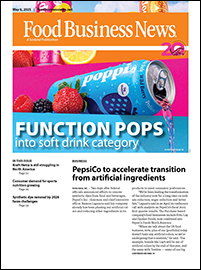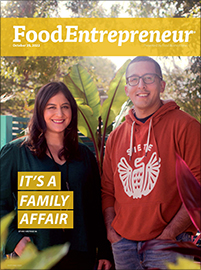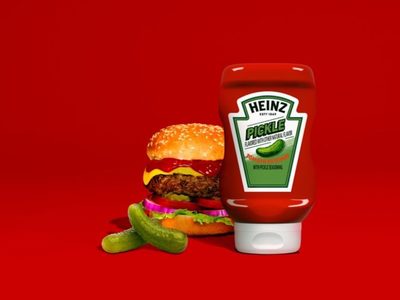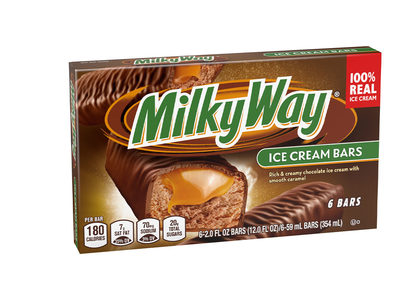 KANSAS CITY — The Kraft Heinz Co.’s stunning announcement Feb. 21 it is writing down the value of its Kraft and Oscar Mayer brands by $15.4 billion is being characterized as an example of “big food” failing to adapt to changing consumer tastes. This interpretation is simplistic and misleading. Consumer tastes have never stopped evolving, and successful food and beverage companies have been meaningfully innovating to meet them.
KANSAS CITY — The Kraft Heinz Co.’s stunning announcement Feb. 21 it is writing down the value of its Kraft and Oscar Mayer brands by $15.4 billion is being characterized as an example of “big food” failing to adapt to changing consumer tastes. This interpretation is simplistic and misleading. Consumer tastes have never stopped evolving, and successful food and beverage companies have been meaningfully innovating to meet them.
The Kraft Heinz failure was a belief in cost-cutting that bordered on zealotry and sacrificed long-term value creation for short-term margin gains. It is difficult, if not impossible, to adapt to a changing marketplace if investment in innovation is not commensurate with the scale appropriate for the business.
Hours before the Kraft Heinz Co.’s announcement, Emmanuel Faber, the chairman and chief executive officer of Danone S.A., took the stage at the Consumer Analyst Group of New York (CAGNY) conference in Boca Raton, Fla., and walked the audience through his company’s experience reinvigorating Danone’s flagship Activia yogurt brand, which generates approximately $2 billion in sales. Activia’s introduction stood at the intersection of the fresh and functional trends and helped bring probiotics to the attention of consumers globally.
“But as you know, Activia, being our biggest brand in the world, has also had a terrible performance for the last eight years,” Mr. Faber said.
In 2016, Danone relaunched the brand globally, and the initiative failed, Mr. Faber said. Year-over-year sales declines that had been trending in the single digits the previous three years quickly accelerated into double digits.
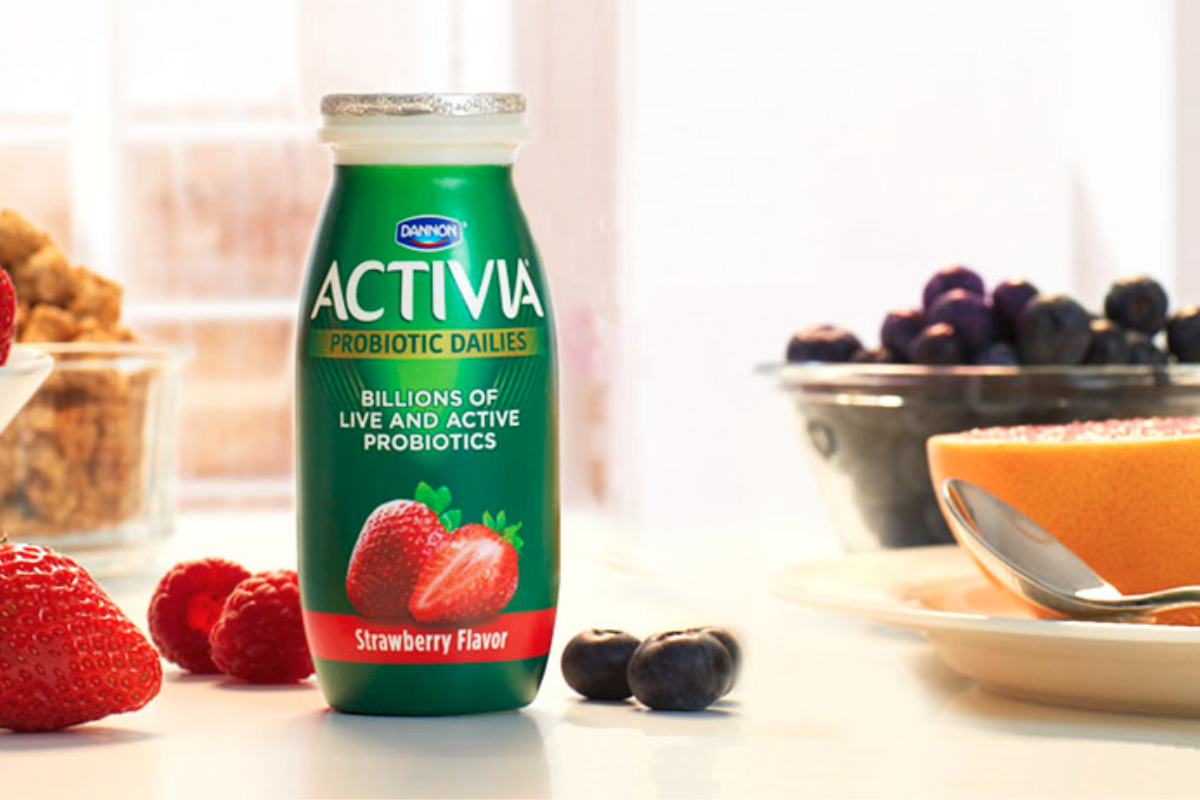 In 2017, Danone relaunched Activia with a focus on clean label, convenient formats and local variations. Pack formats shifted away from 24- and 16-count multipacks into formats that make sense for today’s consumers. New varieties feature on-trend flavors and are available in cup, mix-in, drinkable and shot applications, depending on the local market. In Mexico, Danone introduced a plant-based variety of Activia.
In 2017, Danone relaunched Activia with a focus on clean label, convenient formats and local variations. Pack formats shifted away from 24- and 16-count multipacks into formats that make sense for today’s consumers. New varieties feature on-trend flavors and are available in cup, mix-in, drinkable and shot applications, depending on the local market. In Mexico, Danone introduced a plant-based variety of Activia.
“Quarter after quarter, the performance of Activia improved so that last year in the third quarter we were positive (and in) the fourth quarter we were even more positive,” Mr. Faber said.
Mr. Faber did not disclose how much Danone invested to turn around Activia, but the brand’s performance will contribute to the company’s forecast top-line growth of 3% in fiscal 2019 and 4% to 5% in fiscal 2020 when compared to Danone’s fiscal 2018 sales of $28 billion.
Danone’s top-line guidance falls into the higher range of many of the food and beverage companies presenting at CAGNY. Interestingly, those companies with focused product portfolios, like McCormick & Co. (spices and condiments) and Mondelez International, Inc. (snacks), are forecasting top-line growth greater than 3%. More diversified companies, like General Mills, Inc., Kellogg Co. and J.M. Smucker Co., are forecasting revenue growth anywhere between 1% and 3%. The Kraft Heinz Co. falls into the latter group.
Achieving top-line growth in a fast-moving, fragmented market with a diversified product portfolio is distinctly challenging. Doing so with cost-cutting as a nearly single-minded priority makes the challenge much greater. The lesson is that even in a mature industry like food processing, those who disregard the role of innovation in generating growth do so at their peril.

